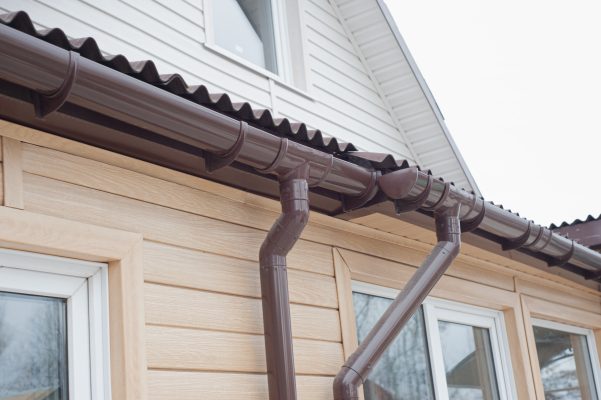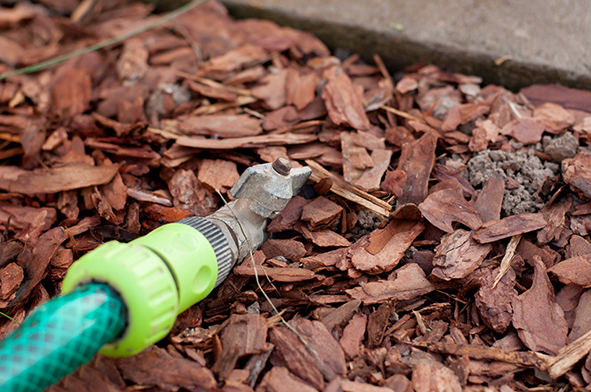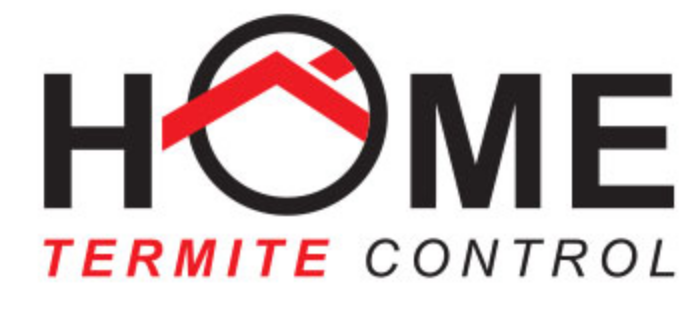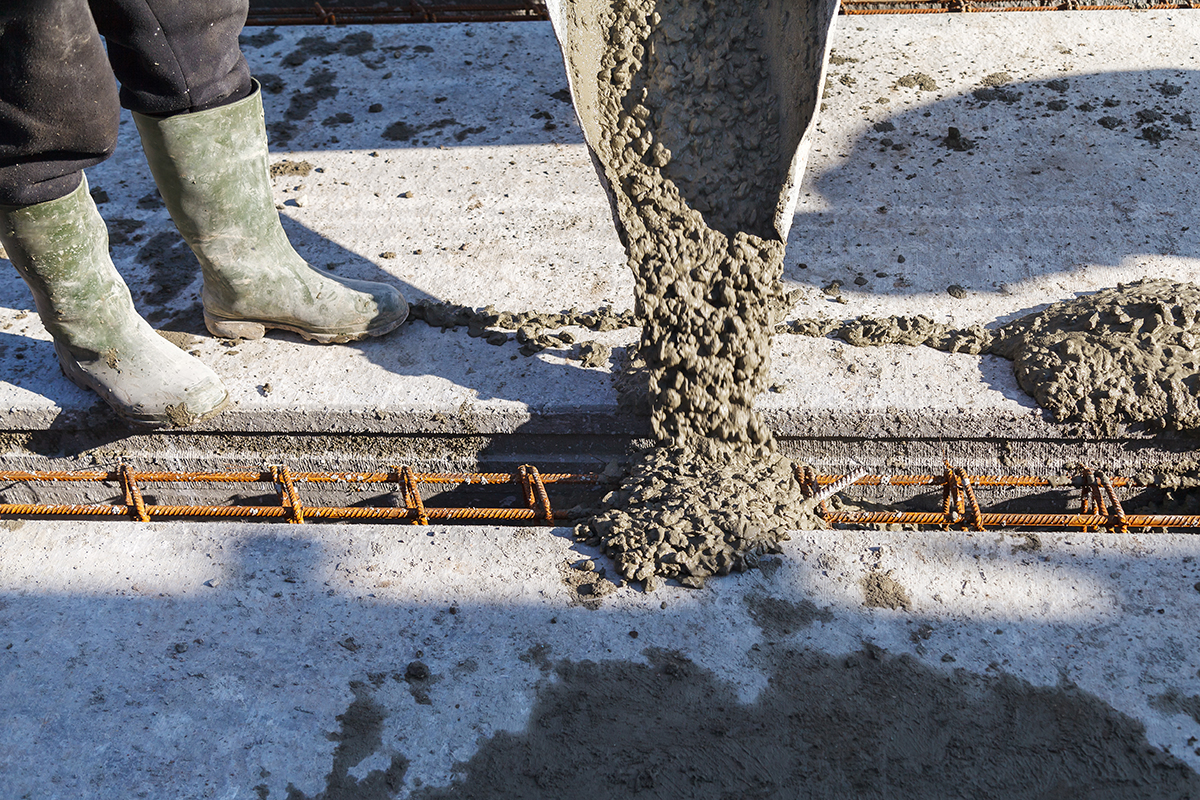Did You Know? Termites will Travel Past Concrete Foundations on the Ground for Food & Waterd
Recently, our inspectors investigated termite damage that had destroyed a client’s roof. The building’s structure and foundation on the ground were concrete. However, concrete does not deter them if they can sense food or water. Worker and soldier termites will forage until they find the source(s) their colony needs. Our clients did not know their roof had a leak and they had no ground treatments or barriers in place. As a result, their roof provided termites with food, shelter, and water – the perfect combination for a colony to thrive! The termites did so much damage to the roof framework that it had to be replaced. Insurance does not cover termite damage, so the homeowners had to pay for a new roof!
Explained: Termite Foraging Behaviour on the Ground & in our Houses
So, how exactly did the termites find the wooden roof four meters off the ground level? When the rain leaked through the roof, the water travelled along with the wood and down the walls. Termites can taste and sense water and they can recognise timber ligaments in it. The termites on the ground followed the moisture trail to the roof. Once there, they easily located the timber source and emitted chemical signals and vibrations to alert other termites of their discovery(*1). To make matters worse (for the homeowners), worker termites work 100% of the time. They cannot reproduce so spend all their energy on foraging(*2).
Ground Treatments Could Have Protected the House
Before the homeowners had any idea they were living with termites, they had made a meal of their roof. Furthermore, there were no ground barriers or treatments in place and no annual termite inspections had been done. Roof replacements cost between $6,000 and $20,000 for standard homes(*3) – much more than an inspection and barrier installation.
So, do not ignore the additional damage a leaky roof can cause. Protect your home from termites and fix all leaks.
What Other Ways do Termites Access Australian Homes?

Another common way termites find their way into homes is via downpipes and wood or bark ground cover (mulch). Australian’s love using wood-based ground covers in landscaping around their homes(*4). When it rains water travels down the roof to the gutters and down the downspouts onto the ground cover. The ground cover captures the water and keeps the area moist. This is great for your plants and bushes – and local termites. When mulch sits around the edge of the house, it acts as an invitation to termites to explore and see what else they can find.
Other Mulching Options and Termite Prevention Tips

If you must use an organic mulch, use Cypress pine as it is more termite resistant. Unlike other barks and mulches, it does not break down as quickly because it carries a pine resin. However even Cypress pine can be consumed by hungry termites if nothing else is available. Remember rain can wash down some of the resin and make the mulch more palatable to desperate termites. Remember to have a termite barrier installed by a professional technician. They can also look around your house for other things that may attract termites. For example, many houses store timber under the house. We recommend moving all timber as far away from your house as possible.
Contact Home Termite Control to book your annual inspection and install and monitor your ground barrier systems and treatments.
References*1. Costa-Leonardo AM & Haifig I. Termite Communication During Different Behavioral Activities. In: Witzany G. (eds) Biocommunication of Animals. Springer, Dordrecht. 2014*2. CSIRO. Isoptera: Termites. Nd.*3. Schneider, R. 2021 How much does roof replacement cost? HiPages. 2021.*4. Stewart, A. Choosing Mulch. Gardening Australia: ABC. 2011.

